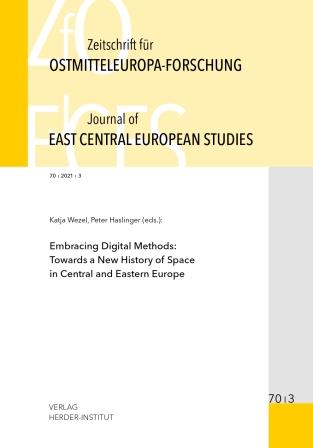Digitale Werkzeuge zur Analyse von Straßen und Wasserwegen als Rückgrat eines vormodernen Märktenetzwerks in Zentral- und Ostmitteleuropa
Digital Tools for the Analysis of Land Routes and Waterways as the basis of a Premodern Market Network in Central and Eastern Europe
Author(s): Niels Petersen, Bart Holterman, Angela Huang LingSubject(s): Geomatics, Maps / Cartography, Rural and urban sociology, Economic development, 16th Century, Transport / Logistics
Published by: Verlag Herder-Institut
Keywords: digital cartography; GIS; sixteenth century; transport history; network analysis;
Summary/Abstract: "In the late Middle Ages, Central Europe was considered an important transit region for long-distance trade in goods imported over the Baltic and Black Seas, as well as from the urbanized areas of Flanders and Eastern Europe. At the same time, Central Europe displayed remarkable diversity in terms of language and ethnicity, which impacted intermediary trade and trade practices as a whole. A number of very significant trade routes crisscrossed central Europe and facilitated both north-south and east-west traffic through the area. A digital survey and detailed mapping of these premodern road connections are providing new insights and are allowing quantitative analyses of trade and traffic. Network analysis lends itself as a basis for further research. If one understands roads and places as a physical network, there are various elements that merit consideration, including, for example, the locations and dates of fairs, customs posts, staples, and ports, all of which can be viewed as nodes. The highways and regional routes are accordingly to be addressed as edges. Both can be weighted by linking them with statistical sources. Customs registers, for example, provide information about transport frequency and the value of transported goods. This article presents various existing applications of digital cartography, especially the Viabundus map of premodern transport. They are intended to encourage additional investigations for central Europe. Such studies would allow for a more thorough contextualization of trading cities like Cracow in the supra-regional transport network and thereby foster a better understanding of related economic developments.
Journal: Zeitschrift für Ostmitteleuropa-Forschung
- Issue Year: 70/2021
- Issue No: 3
- Page Range: 325-356
- Page Count: 32
- Language: German

